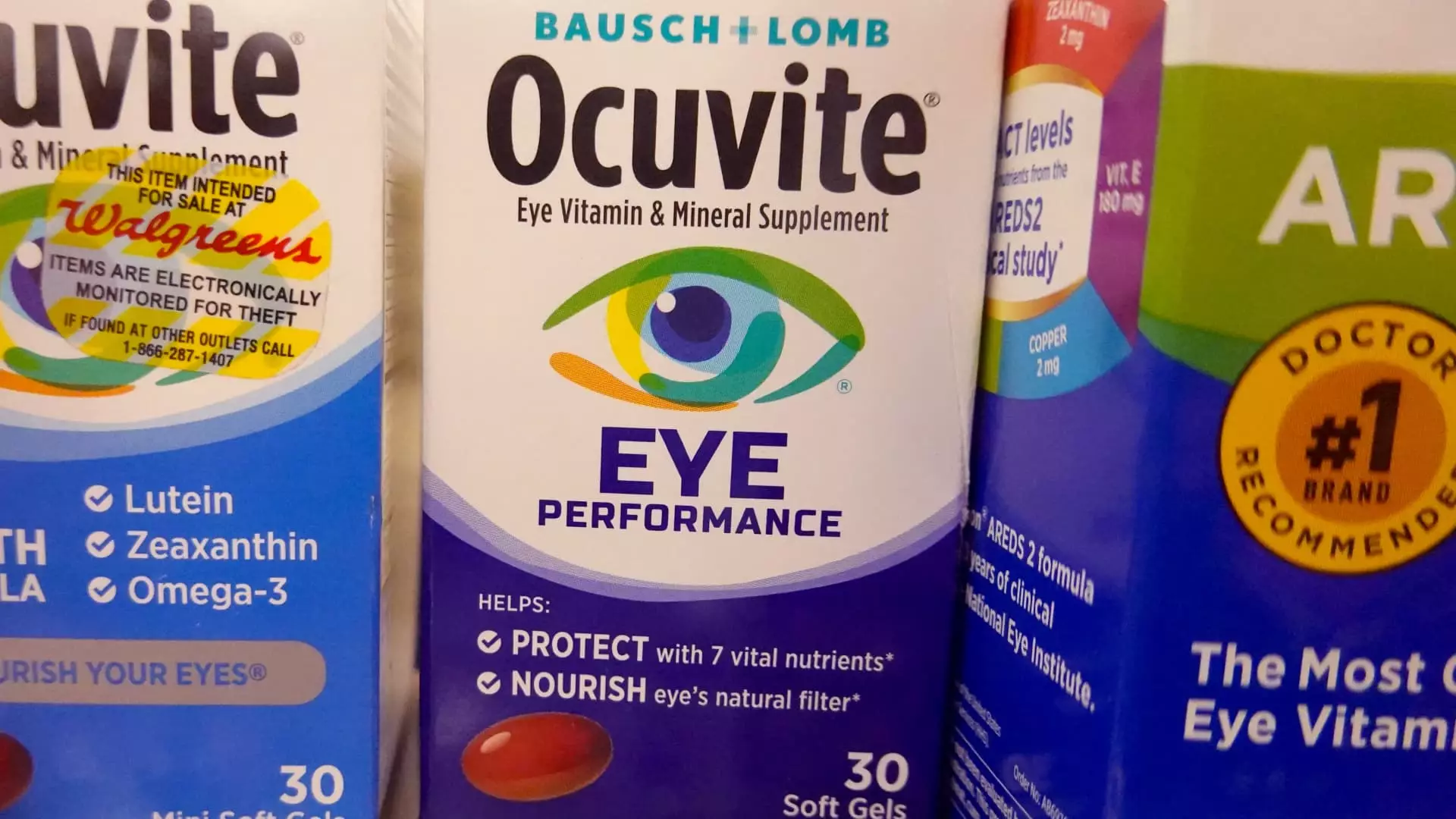The landscape of the pharmaceutical industry is often marked by volatility and transformation, as companies navigate the complexities of innovation, regulatory challenges, and investor expectations. Bausch Health, previously known as Valeant Pharmaceuticals, embodies this dynamic. This article delves sâu into the company’s strategic maneuvers, current valuation, and potential future, framing it within the larger context of the healthcare market.
Bausch Health maintains a broad portfolio that spans several therapeutic areas, notably dermatology, gastroenterology, neurology, and ophthalmology. Its operations are segmented primarily into five divisions: Bausch + Lomb, Salix Pharmaceuticals, International Rx, Solta Medical, and Diversified Products. Among these, the Bausch + Lomb division stands out due to its strong position in the eye care sector, representing a core asset for the company.
The strategic importance of these various divisions cannot be understated, as they collectively contribute to Bausch Health’s revenue stream and overall viability in a competitive marketplace. Salix Pharmaceuticals has gained notoriety for its contribution to gastroenterology, especially due to its flagship product, Xifaxan. However, with the patents on such products approaching expiration, the potential for future revenue generation becomes uncertain, highlighting a critical aspect of Bausch’s operational challenges.
The involvement of activist investors often signifies a call for change within struggling corporations. In this regard, Carl Icahn’s investment in Bausch Health has raised significant interest. Filing a 13D with the U.S. Securities and Exchange Commission, Icahn expressed intentions to engage meaningfully with the company aimed at enhancing shareholder value. This grassroots pressure can catalyze transformations and frequently leads to strategic reviews and potential restructuring at the board level.
The subsequent appointment of Icahn’s portfolio managers to Bausch’s board highlights the tactical maneuvers often made by activist investors. Such board reconfigurations can usher in fresh ideas and invigorate stale management practices. The ongoing collaboration manifests a unique fusion of operational expertise and financial acumen that is often necessary for turning around companies facing high levels of debt and operational inefficiencies.
As of early 2024, Bausch + Lomb has taken a significant step by exploring the possibility of being sold, a move reporting a depressed enterprise value estimated at around $10 billion. This potential sale corresponds with broader concerns over Bausch Health’s consolidated debt, which stands at approximately $20.4 billion. The intricacies of this financial landscape infuse a sense of urgency to unlock value through divestiture.
Financial analysts posit fascinating scenarios regarding the possible sale of Bausch + Lomb. Utilizing an enterprise value/EBITDA multiple approach with peers trading around 19 times, a rational assessment suggests that a sale could net an equity value for Bausch + Lomb of $14 billion. Such a transaction would substantially benefit Bausch Health and its shareholders, further helping to alleviate the burden of high levels of debt and reposition the company for future growth.
The remaining business segments post-sale—collectively termed “RemainCo”—hold intricate potential for value creation. For instance, the Salix division, although heavily dependent on Xifaxan, could still generate substantial revenues leading up to the patent’s expiration in 2028. The current valuation methodology, while a somewhat subjective art, indicates that if it can maintain robust growth rates, it may endow Bausch Health with a financial buffer to weather potential storms.
Furthermore, the “RemainCo” assets, which include international pharmaceuticals and diversified products, present an opportunity for strategic partnerships or additional sales, enhancing the company’s flexibility in both operations and financial management. Given the complexity involved in valuing these segments, a cautious estimate of $9.36 billion suggests a pathway forward, even if it remains tarnished by existing debt obligations.
While Bausch Health faces an uphill battle, the strategic decisions being weighed now could shape its trajectory significantly. Engaging with activist investors, exploring divestitures, and focusing on core operational strengths are fundamental steps in a potential revival narrative. The market may be unkind at present, as indicated by its low per-share value, but opportunities abound for Bausch Health to redefine itself amidst adversity. As Bausch Health navigates through the challenges of the pharmaceutical realm, the focus must increasingly shift toward maximizing shareholder value and optimizing its diversified portfolio, leading to a revitalized standing in the healthcare landscape.

